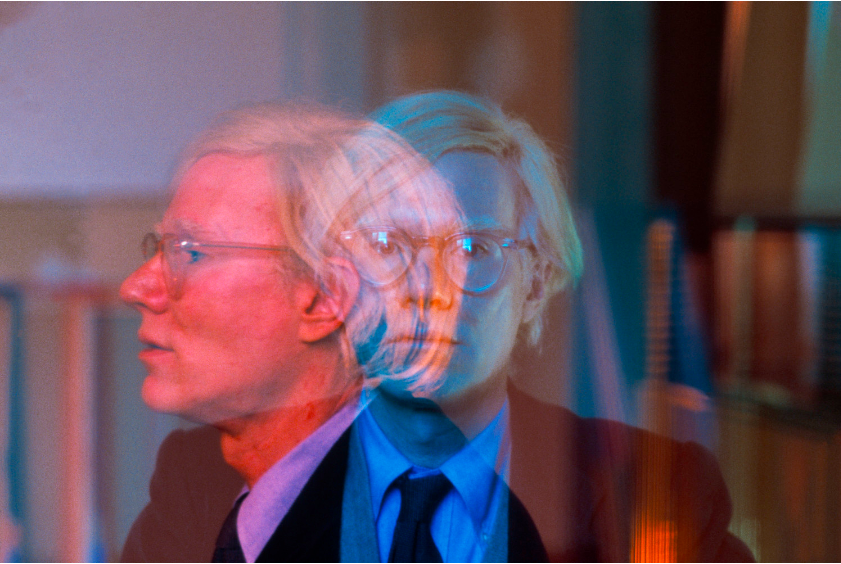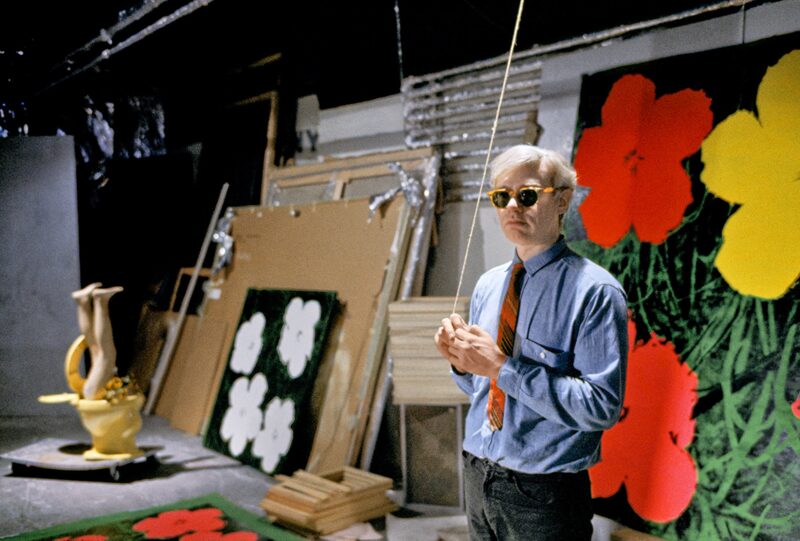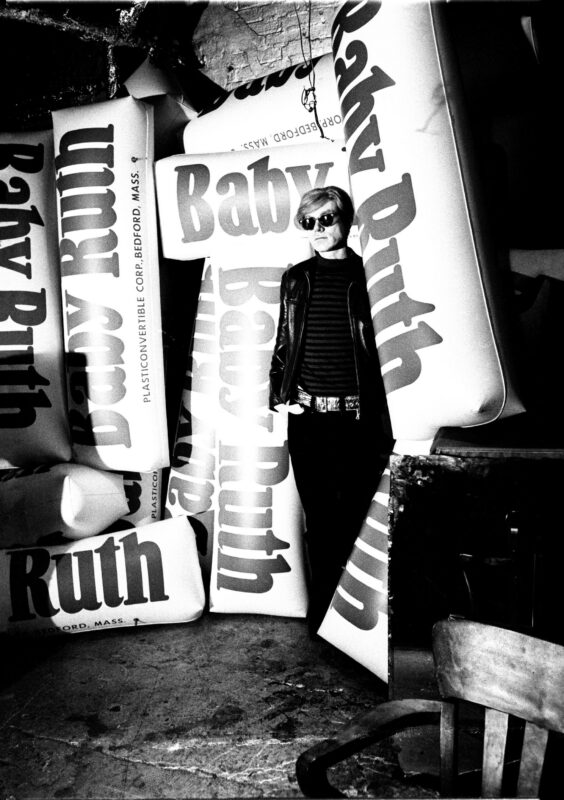
Image: Thomas Hoepker. Double exposure of Andy Warhol in his “Factory” at Union Square, Manhattan, New York City, USA. 1981 © Thomas Hoepker | Magnum Photos. Courtesy of Zeit Contemporary Art, New York
Zeit Contemporary Art is pleased to present Andy Warhol: The Last Decade, an online viewing room devoted to an often overlooked yet crucial period in Andy Warhol’s oeuvre. The late 1970s and 1980s proved to be the most prolific and mature part of his career, a period in which Warhol returned to hand-painted images and renewed his visual vocabulary, breaking boundaries in novel ways while reflecting on his early contributions to Pop art. “The 70s were sort of quiet… I think the 80s are going to be more exciting… In the 70s, nothing really different happened in art,” Warhol said in an interview to Art News in 1980.
This viewing room focuses on four persistent themes: symbols of power, portraiture, abstraction and advertisements. The project starts chronologically in 1977 with the series Hammer & Sickle and ends with the Camouflage series, begun the year before his death in 1987. In the span of 10 years, Warhol created a prolific body of abstractions, portraits, re-interpretations of the history of art, and new iconic images. This period saw the creation of The Dollar Signs, presented as a group in 1982 at Leo Castelli Gallery.
Fascinated by the rise of consumer culture and the concept of abundance, Warhol’s innovative art applied the same commercial process of mass production to his work. This concept was a pivotal moment in art history, disrupting rarefaction of art and venerating the banality of popular culture, redefining the artist from a singular creative visionary to an agent of production. Navigating between commercialism and counterculture, the 1980s offered a new context for his artistic practice, when a new wave of New York artists embraced the pictorial medium as a generational reaction to Minimalism and conceptual art.
By the 1980s Pop and celebrity culture had shifted from its nascent novelty in the 1960s to a more ubiquitous and glossier feature of mass American culture, lending Warhol’s later work a more nebulous quality as his symbols drift between subject and object. Contrasting with Warhol’s early Pop works, mediated by the industrial technique of screen-printing, the works from this period have more brushstroke qualities and a rejuvenating shift in his colour palette. Citrus and pastel tones along with a greater balance of colour highlight the progression and maturity of Warhol’s later compositions, though maintaining his trademark cheek.
The premature death of the artist at the age of 58 marked an abrupt end to a period of radical experimentation, discoveries and collaborations. Nonetheless, Warhol’s later years opened novel paths that have become crucial to our understanding of contemporary art today.
Andy Warhol: The Last Decade June 9 – July 15, 2020 enter viewing room here: zeitcontemporaryart.com/viewing_room/andy-warhol-the-last-decade/







